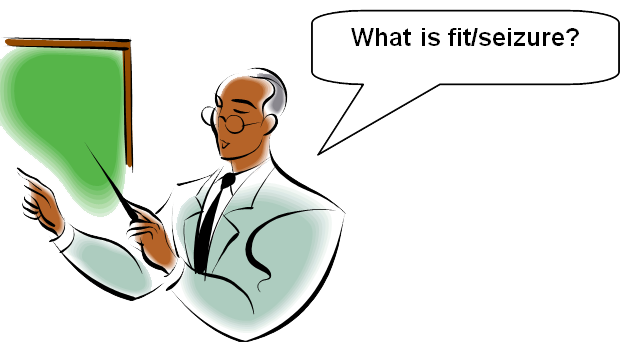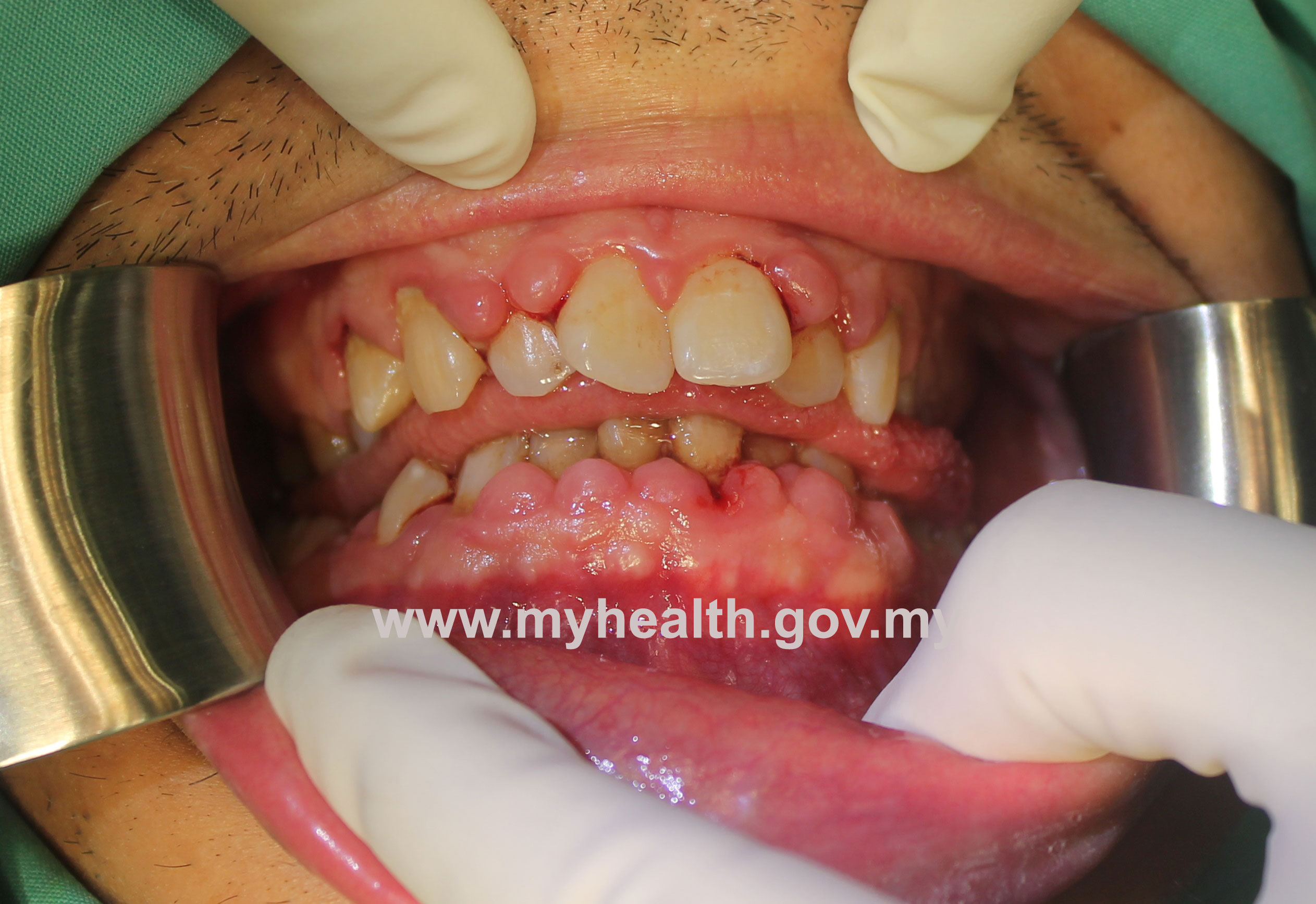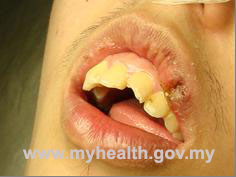Introduction

Fit/seizure occurs when there is an abnormal electrical brain activity. During the attack, an affected person initially becomes unconscious and tonic (all major skeletal muscles contract e.g: biting tongue). This is then followed by clonic phase where all muscles relax in waves and the involuntary movements may lead to injuries to the head, arms or legs. They would have urine and stool incontinence as well. Following this phase, one would experience confusion, drowsiness and fatigue. All these may take place for about one to two minutes. The most common seizure disorder is epilepsy.
Seizure And Oral Health
How would the seizure disorder affect my teeth?
- The medical condition may put you at risk of having dental problems or complicate the dental treatment
- The medications you are taking to treat the seizure often have side effects to your teeth and other mouth structures
- A few examples of oral conditions that you may experience as patient with epilepsy:
- Dry mouth
- Gum swelling induced by phenytoin (anti-seizure drugs)
- Mouth ulcers
- Risk of infection
- Delayed healing
- Frequent attack may put you at risk of having dental trauma especially to the front teeth
- Poor oral health if the hygiene is not maintained properly (gum disease, dental decay, bad breath)
Gum swelling induced by anti-seizure drugs
(courtesy of Dr Dasera Raj)Dental trauma due to fall during seizure
(courtesy of Dr Norjehan Yahaya)
 |
|
 |
If this is your first dental appointment, telling the dentist about having epilepsy is mandatory because he/she can take necessary precautions in case that the attack occurs in the dental clinic. Therefore, please inform your dentist the important information listed below:
- You have epilepsy
- How frequent and severity of such seizure attack
- The date of your last seizure
- The medications you are taking to control the seizure
- The place/clinic where you do follow up for the seizure (if possible, give the doctor’s contact number)
- Any allergies to drugs
- Other medical problems you have apart from epilepsy if any
- Tell the dentist immediately if you feel an aura
 |
|
 |
- Please take someone else with you to the clinic
- Take your medications before the dental appointment (at least 1 to 2 hour before)
- Take the medications with you to the clinic
- Please ensure that the dental team is aware about your condition
REMINDER!!!
- If you have gum overgrowth induced by anti-seizure drugs, meticulous oral hygiene care should be carried out. Please seek advice from dentist immediately.
- Brush your teeth at least twice daily with fluoride toothpaste and floss once a day.
- You may experience bleeding gum but please do not give up toothbrushing. Seek for advice immediately.
| Last Reviewed | : | 17 March 2014 |
| Writer | : | Dr. Siti Zaleha bt. Hamzah |









